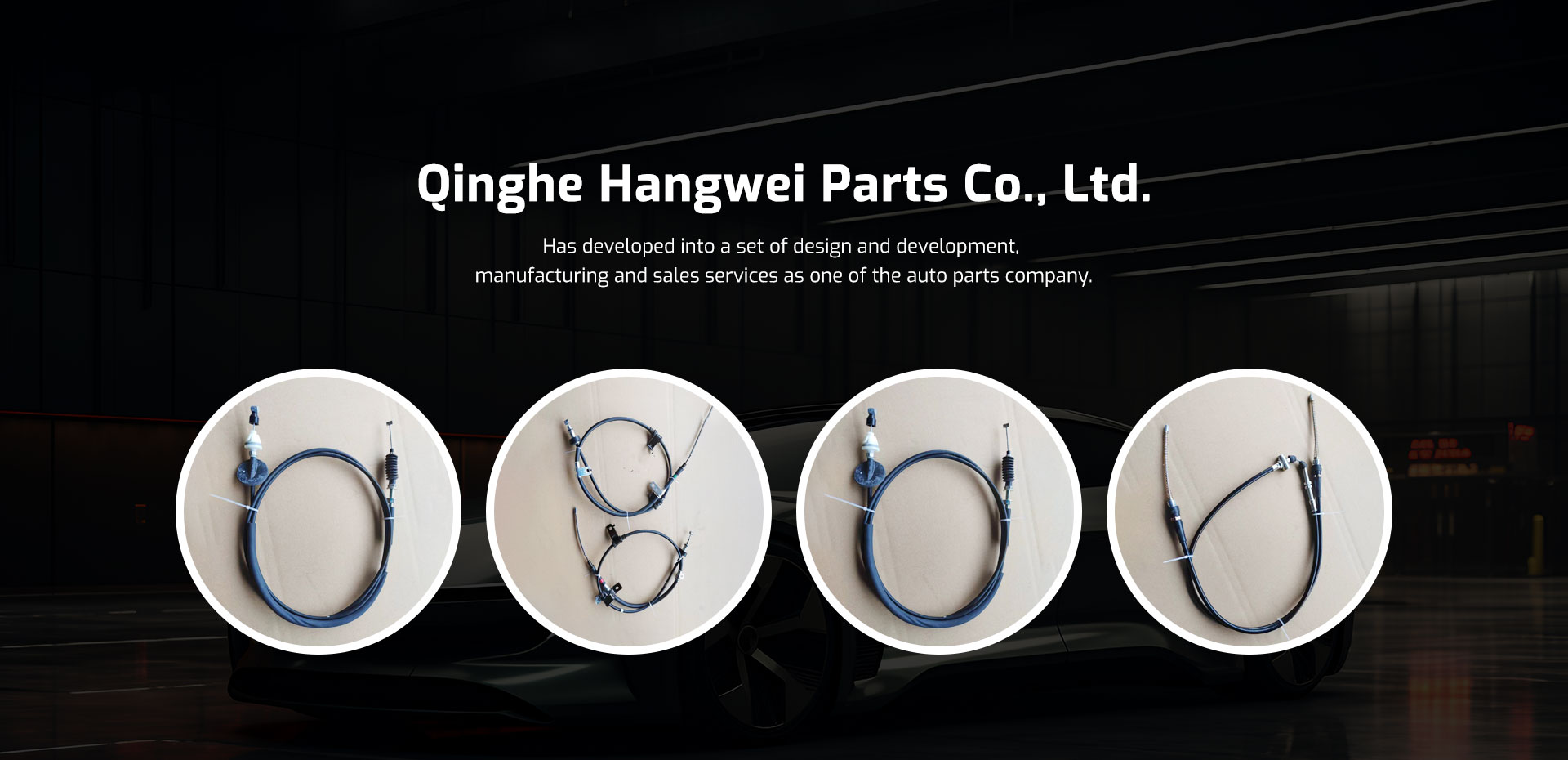adjusting throttle cable
Adjusting the Throttle Cable A Comprehensive Guide
Maintaining your motorcycle or any internal combustion engine requires a level of attention to detail that ensures optimal performance and safety. One essential component that often needs adjustment is the throttle cable. Properly adjusted throttle cables are crucial for smooth acceleration, control, and responsiveness of the bike or machine. This article will guide you through understanding what the throttle cable is, why it needs adjusting, and how to do it effectively.
Understanding the Throttle Cable
The throttle cable is a mechanical link that connects the throttle grip (or pedal) to the carburetor or throttle body. When you twist the throttle grip or press the pedal, the cable pulls on a lever in the carburetor or throttle body, allowing air and fuel to enter the engine. This process directly affects the engine's power output and speed. Over time, the throttle cable can stretch, fray, or become misaligned, affecting its responsiveness and potentially leading to dangerous riding conditions.
Signs of Throttle Cable Issues
Before diving into the adjustment process, it's essential to recognize the signs that indicate your throttle cable may need adjustment. Common symptoms include
1. Unresponsive Throttle The throttle isn't reacting promptly when you twist the grip. 2. Sticking Throttle The throttle grip feels sticky or sluggish. 3. Excessive Play There is too much free movement in the throttle grip before the throttle engages. 4. Engine Stalling Irregular throttle response can cause the engine to stall unexpectedly.
If you notice any of these symptoms, it’s time to adjust the throttle cable to improve your vehicle's performance.
Tools Needed
Adjusting the throttle cable doesn't require a comprehensive set of tools, but you will need the following
- Screwdriver (flathead and Phillips) - Wrench set - Pliers - Cable lubricant (optional)
Steps to Adjust the Throttle Cable
adjusting throttle cable

1. Prepare the Vehicle Ensure your motorcycle or engine is parked on a flat, stable surface. Turn off the ignition and remove the keys for safety.
2. Locate the Throttle Cable Find the throttle cable routing from the throttle grip to the carburetor or throttle body. This is typically located near the handlebars and will lead to the engine compartment.
3. Check Cable Tension To determine if adjustment is necessary, grasp the throttle grip and feel for any excessive play. If the grip turns significantly before the engine responds, it’s time to adjust the tension.
4. Adjust the Cable Locate the adjuster on the throttle cable. This is usually found near the carburetor or throttle body. Turn the adjuster counterclockwise to increase tension (which pulls the throttle open) or clockwise to decrease tension (which allows it to close). Adjust it until the throttle grip feels responsive without excessive play.
5. Check Free Play The ideal free play in the throttle grip should be around 1/8 to 1/4 inch. To check this, twist the throttle grip gently until you feel resistance, and ensure that there is minimal movement before the throttle engages.
6. Secure the Cable After adjusting, make sure to tighten any lock nuts or screws you loosened during the process. This will prevent the adjustment from changing while riding.
7. Test Ride Once you've adjusted the throttle cable, take your vehicle for a short test ride. Pay attention to how the throttle responds. If it feels consistent and reliable, you’ve successfully completed the adjustment.
Maintenance Tips
- Regularly inspect your throttle cable for wear or fraying. - Lubricate the cable periodically to minimize friction and ensure smooth operation. - Check adjustments after any major repairs or after the motorcycle has been stored for an extended period.
Conclusion
Adjusting the throttle cable is a straightforward yet vital maintenance task that can significantly enhance your motorcycle's performance and safety. By paying attention to the signs of cable issues and following the steps outlined above, you can ensure your vehicle remains responsive and enjoyable to ride. Remember, consistent maintenance not only prolongs the life of your machine but also keeps you safe on the road. Happy riding!
-
Upgrade Your Control with Premium Throttle CablesNewsAug.08,2025
-
Stay in Control with Premium Hand Brake CablesNewsAug.08,2025
-
Experience Unmatched Performance with Our Clutch HosesNewsAug.08,2025
-
Ensure Safety and Reliability with Premium Handbrake CablesNewsAug.08,2025
-
Enhance Your Vehicle with High-Performance Clutch LinesNewsAug.08,2025
-
Elevate Your Ride with Premium Gear CablesNewsAug.08,2025
